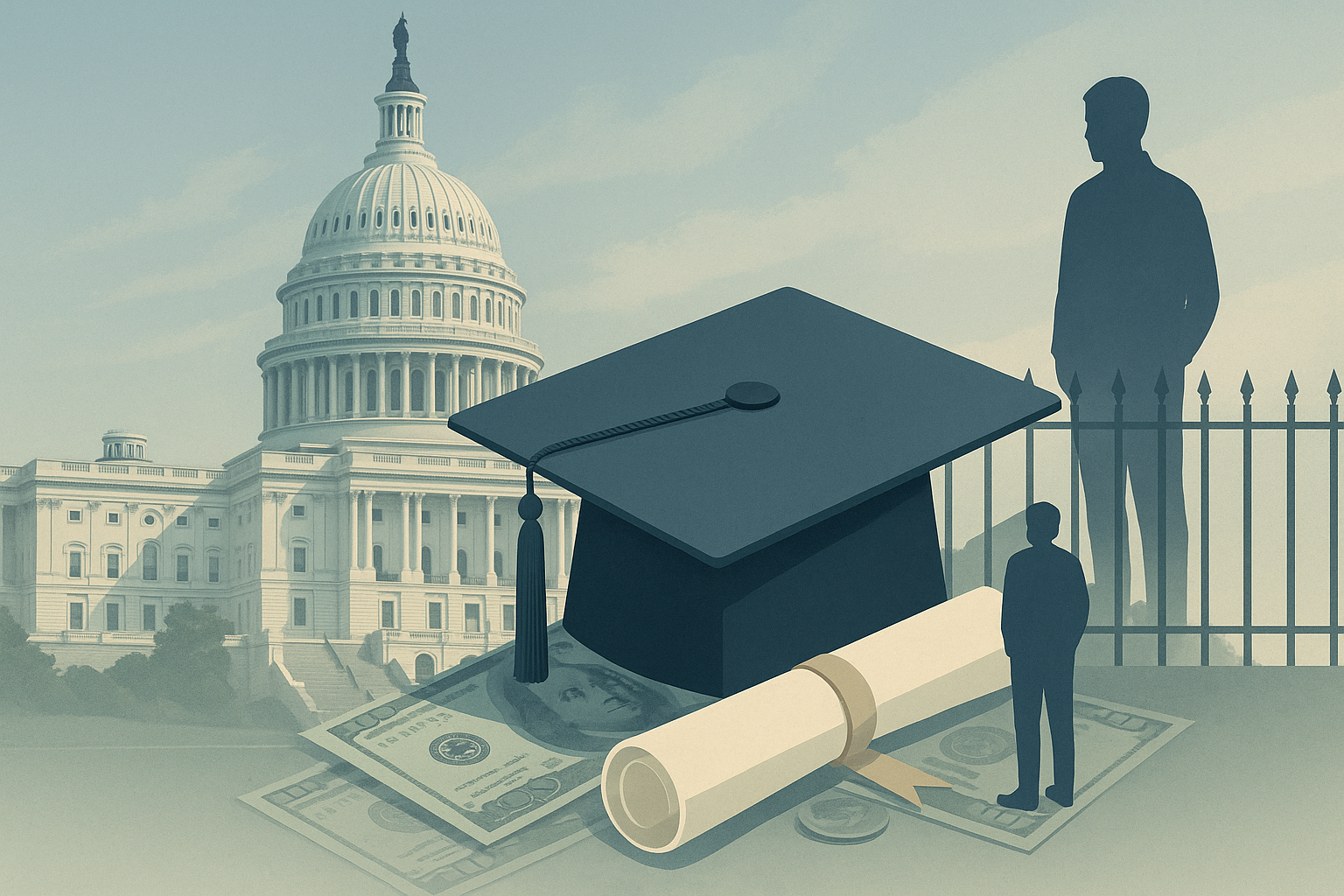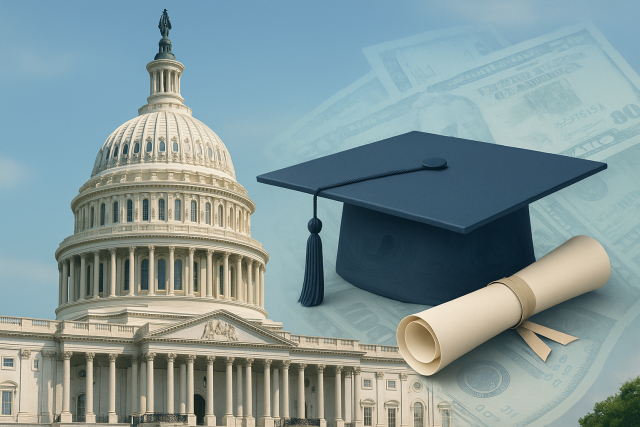The US Senate released the final version of the One Big Beautiful Bill last night, which includes a complete overhaul of student loan repayment for both existing and new borrowers. This update follows last-minute changes that removed several key provisions proposed by Republican lawmakers.
Effective July 1, 2026, new borrowers obtaining student loans will be limited to two repayment options: a newly established Standard Plan and an income-driven repayment plan known as the Repayment Assistance Plan (RAP). Additionally, these new borrowers will encounter decreased borrowing thresholds and modifications to the permissible loan types.
For current borrowers, immediate changes will not be implemented. Between July 2026 and July 2028, income-contingent repayment schemes, including ICR, PAYE, and SAVE, will be phased out, necessitating a migration to a modified version of Income-Based Repayment (IBR).
Changes for New Student Loan Borrowers
Students securing loans after July 1, 2026, will face alterations to both borrowing limits and repayment plan options. While undergraduate borrowing caps will remain unchanged, new restrictions will apply to Parent PLUS loans, which are capped at $20,000 annually per student and total a maximum of $65,000 overall.
No Grad Plus Loans
Graduate students will face the discontinuation of Grad PLUS Loans, which previously had no limit. They will now have a $20,500 annual limit and a $ 100,000 lifetime cap, while professional students will be limited to a $50,000 annual amount and a $ 200,000 lifetime cap.
Current graduate students who have borrowed a Grad PLUS Loan before June 30, 2026, will have a three-academic-year grace period to use their existing loans. For repayment, new borrowers will only have access to two plans: a standard plan offering level payments over a set period and the new income-based Repayment Assistance Plan (RAP).
The standard plan will be based on the repayment timeline, depending on how much the student loan is:
- 10 Years: $25,000 or less
- 15 Year: $25,001 to $50,000
- 20 Years: $50,000 to $100,000
- 25 Years: $100,001 or More
The RAP Plan determines your student loan payment based on your adjusted gross income. Monthly payments can start as low as $10 and can go up to 10% of your AGI if you earn more than $100,000 a year. Borrowers will also receive a $50 monthly discount for each qualifying dependent.
Changes For Existing Borrowers
The new legislation mandates the transition of current borrowers under income-driven repayment plans to an amended iteration of Income-Based Repayment. From July 1, 2026, to June 30, 2028, the Secretary of Education is authorized to abolish Income-Contingent Repayment, Pay as You Earn (PAYE), and Saving on a Valuable Education (SAVE), including any related forbearance provisions.
The SAVE plan is expected to conclude well before the 2028 deadline. Borrowers enrolled in these plans would be compelled to select from the available options. Furthermore, if no selection is made, they will be automatically transitioned into the Income-Based Repayment (IBR) or Revised Payment Assistance Program (RAP), contingent upon their eligibility.
Under the revised IBR plan, borrowers of loans issued before June 30, 2013, will pay 15% of their discretionary income and will be eligible for forgiveness after 25 years. For loans issued on or after July 1, 2014, borrowers are required to pay 10% of their discretionary income, with forgiveness available after 20 years. Discretionary income is defined as income exceeding 150% of the federal poverty level.
Borrowers who have made qualifying payments under PAYE, SAVE, or ICR prior to transitioning into RAP will be permitted to count those payments towards forgiveness under the new plan.
Parent PLUS Loan Borrowers

The revised Senate bill continues to exclude Parent PLUS Loan borrowers from eligibility for affordable repayment plans. New Parent PLUS Loans issued after July 1, 2026, will be exclusively repayable under the revised Standard Plan.
Existing Parent PLUS Loan borrowers possess certain avenues to maintain access to income-driven repayment options. By consolidating their loans prior to June 30, 2026, and initiating payments under the Income-Contingent Repayment (ICR) plan, they can transition to the Amended Income-Based Repayment (IBR) plan between July 1, 2026, and June 30, 2028.
Furthermore, Parent PLUS Loan borrowers who have already consolidated or double-consolidated and are currently servicing their loans through any income-driven repayment plan will also be eligible to migrate to the Amended IBR.
Fewer Deferment and Forbearance Options
Finally, the Senate bill eliminates two important deferment and forbearance options: economic hardship and unemployment deferments will no longer be available. The idea is that borrowers facing financial difficulties should be directed to RAP or IBR. A discretionary forbearance will be available, but it will be limited to nine months within any 24 months.









